Sílvia Lanceta
It is surprising, or at least a little bit, that after the fascination caused by this female portrait, the fact is we know almost nothing about the author of this painting, Francesc Pausas i Coll.
The woman of the portrait, who appears from within the darkness with a closed smile, disturbing and with a challenging eyebrow, is Maria Sampere i Montseny, who, at the same time, is the person who donated the work to the museum in 1946, at that time being widow of the artist. In spite of being the emotional driver of the painting, we know little about her.
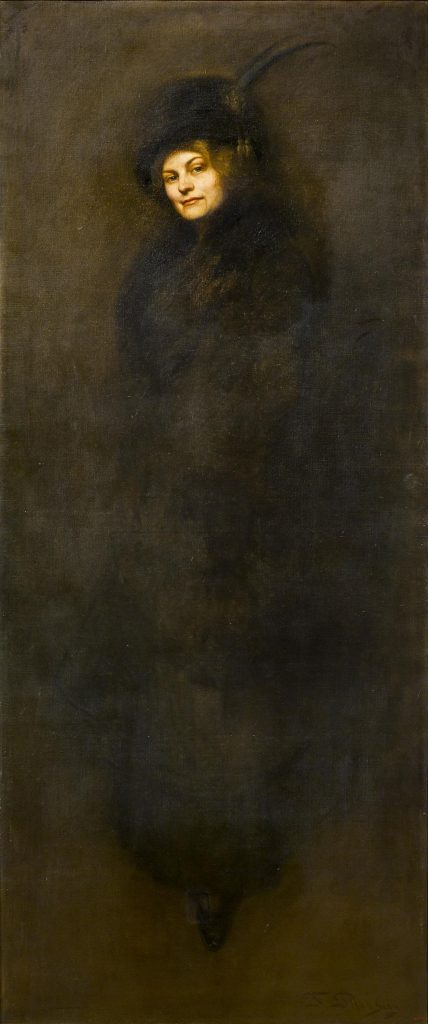
After this portrait of 1911, Maria was drawn, painted, esteemed and loved by Pausas, as she said of him, until July 1944, when the author of the painting died. Pausas did not endure another day after the unexpected and abrupt death of his only son. His heart gave in with so much pain. The right hand still took a few seconds to drop the pencil, which sketched the nakedness of a woman, by praising the slowness and the desire to learn always. The nude woman was sketched with a wide and open smile.
Even though we don’t know the exact date of his death, some references suggest it was 19th July. The same day, the same month, just eight years after his friend Apel·les Mestres, who he portrayed in 1934, in homage to the eightieth anniversary of the friend of children, of flowers and of birds.
Francesc Pausas, perseverant artist
Pausas was and would always be a painter. He painted to live, to work, to disconnect, to love, to forget, to listen… He was born with a pencil under his arm, in a Barcelona that was expanding and was being renewed from top to bottom, and from left to right. On 21st April 1877.
Before he was ten years old he was enrolled in the School of Fine Arts, prior to reaching the age of fifteen he was a student of Sorolla and when he was seventeen he presented An artist in the 2nd General Exhibition of Fine Arts, organized by Barcelona City Council. At that time, the young painter was already member of the Artistic Centre of Barcelona. Shortly afterwards, he would also form part of Sant Lluc. In these entities, he would start his professional career alongside multifaceted artists such as Isidre Nonell, Lluís Graner, Ramon Casas, Enric Clarasó, Santiago Rusiñol, Enric Galwey, Pau Audouard, Llimona …to name just a few.
Discretion and modesty, which nowadays are no longer listed on the stock market, always accompanied the life of Pausas. Reflective, perseverant and artist, in all its meanings, Pausas developed friendships with eminent personalities, although little known. With his friend Ramon Vilaró, he kept up a relation of those which endure political discrepancies. With Miquel Llobet, confidences in Barcelona, in New York and, again, in Barcelona. And with Manuel Clausells, an activist of Catalan culture, he shared the same staircase, friendships and conversations while drawing The Clausells girls.
The New York period of Pausas: reputation and prestige
But let’s get back to 1911. Portrait of a woman is exhibited in the National Academy of Design of New York, the city in which Pausas resided from 1906 until the decade of the 1920s. The review1 of the annual exhibition published in American Art News « a surprising work (…) in the boldness of the drawing, and in the life and action of the figure that should lead the artist to gaining a well-deserved reputation». There is also evidence in an inscription on the back of the canvas where it states «Miss. M. Sampere Montseny/New York/National Academy of Design/-1911-/F.Pausas».
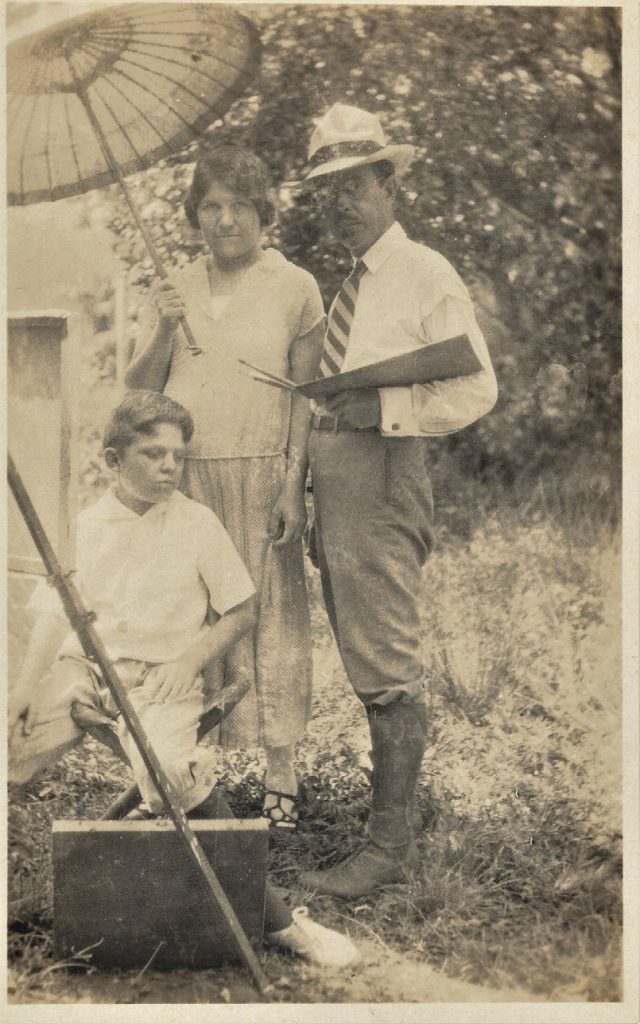
And yes, Pausas had a good reputation, which translated into prestige and money, for more than twenty years, mainly in North America and Cuba. (The woman of the portrait,) Maria Sampere and Montseny (,) opened the door to the world of music for him, in New York. Emmy Destinn, Lucrezia Bori, Dinah Gilly, Tamaki Miura, Maria Gay … continue to sing opera on the canvases of Pausas. Celebrities from the world of politics and art in general, from the first quarter of the 20th century, were immortalized in the Pausas’ oils. For sure, nowadays they are resting in private collections.
Artistic production of Francesc Pausas
The public can only enjoy three of them publicly exhibited. The Portrait of Thomas Ustick Walter (1925), the architect of the US Capitol, in the same building in Washington. In the Grohmann Museum in Milwaukee (Wisconsin), one of the most charismatic works by Pausas, Brooklyn Galvanizing shop. The most important museum dedicated to the world of work bought it for €40,000 in 2006. In Europe, the artistic recognition of Pausas can (only) be found in the Museu Nacional d’Art de Catalunya, Barcelona, which, since 2014, has been exhibited as Portrait of Maria Sampere, wife of the artist in the room dedicated to the “Bourgeois Portrait” from the permanent collection of Modern Art (Room 45).

Francesc Pausas,
Portrait of Enriqueta Corominas Cots, 1934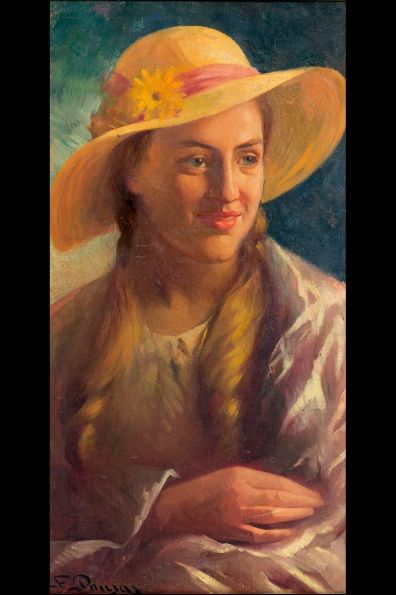
Francesc Pausas,
Portrait of Eugènia Ordeig, 1930-1944
Furthermore, the museum conserves two more oil paintings – Portrait of Enriqueta Corominas Cots and Portrait of Eugènia Ordeig, and three drawings – Portrait of a littler girl, Portrait of Carlos Enrique Ordeig and another Portrait of Eugènia Ordeig. We would love these works to be exhibited in public soon, as well as the painting Tomas Moran’s studio (1911), from the collection of the Banc de Sabadell.
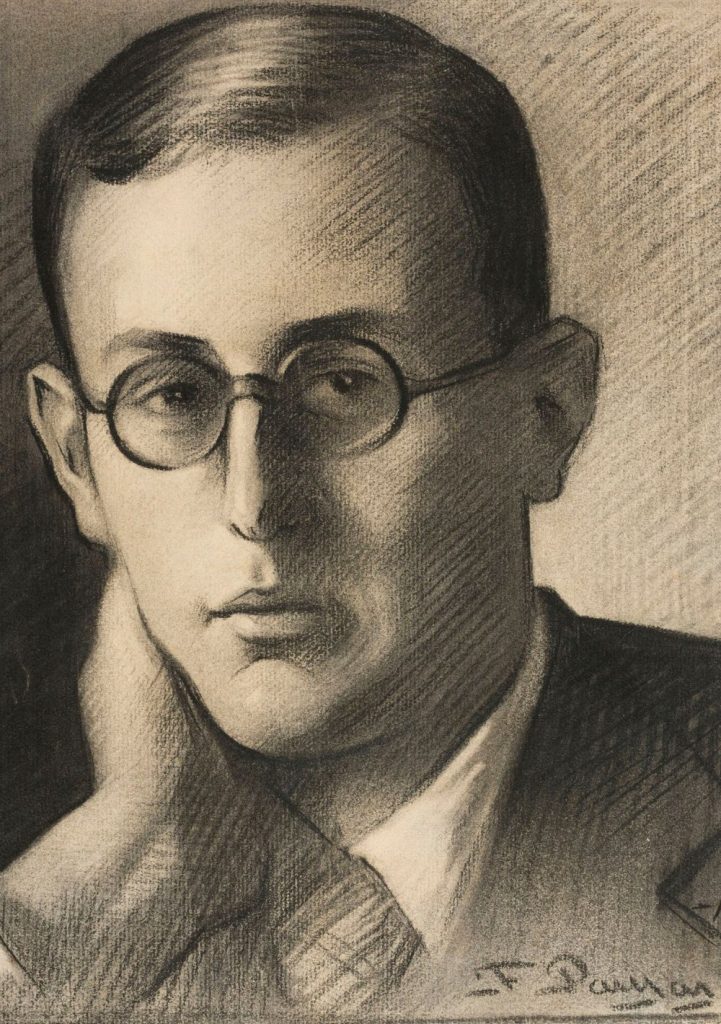
Francesc Pausas,
Portrait of Carlos Enrique Ordeig,1934
Francesc Pausas,
Portrait of Eugènia Ordeig, 1934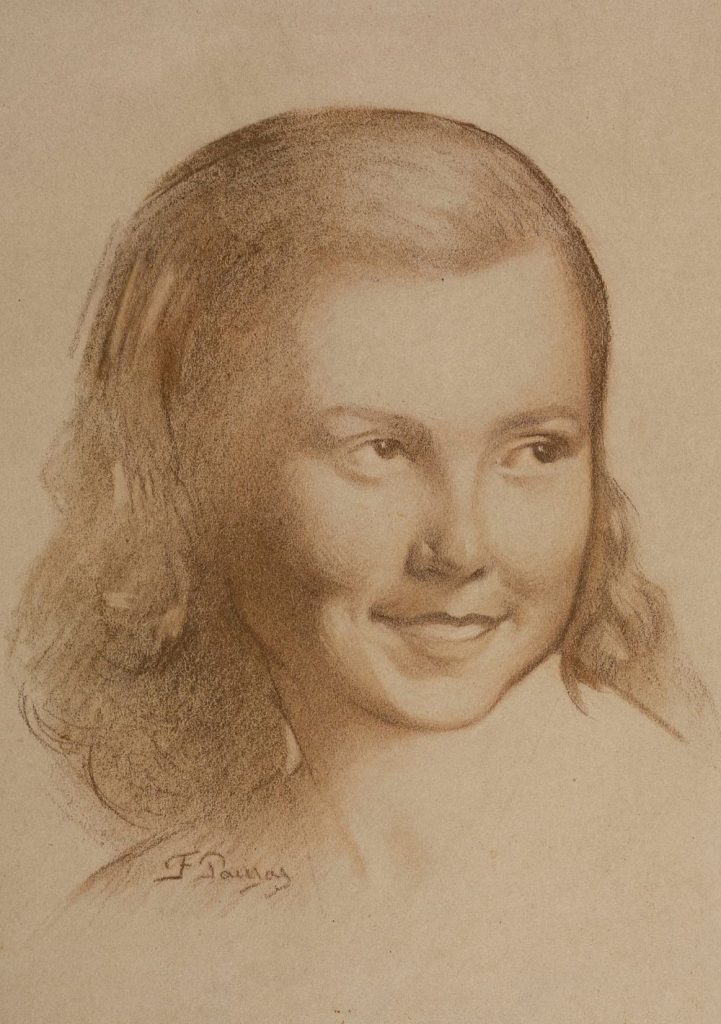
Francesc Pausas,
Portrait of a littler girl, 1930-1944
Pausas, a little-known artist
The majority of the works of Pausas, that you can see in the website of Francesc Pausas Coll (1877-1944), universal and unknown painter, produced due to the persistence of one of his great nephews, the ecologist Juli G. Pausas, can be found in private homes of relatives and descendants of friends of the painter. Because in his home, he began to taste prestige in the time of the Republic. It was erased at the end of the damned Uncivil War. And the beginning of the postwar period did not give him the opportunity to redraw it.
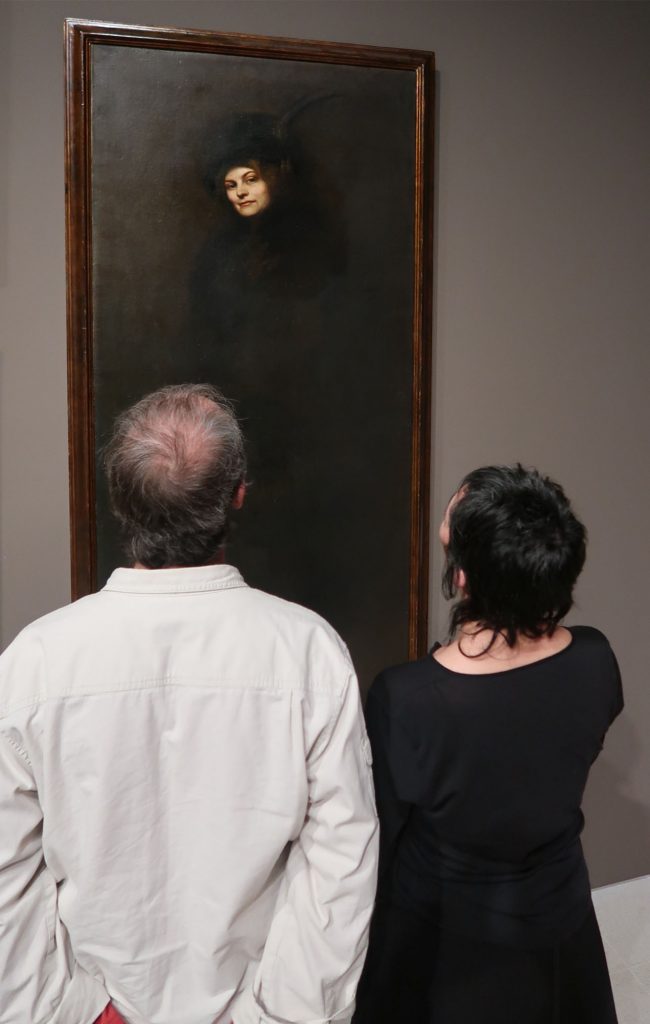
Recently, in 2016, the book Modernist painting, published by Enciclopèdia Catalana and directed by Francesc Fontbona, dedicated an entry to Francesc Pausas, with a text by the art historian Lluïsa Sala, which included a comment, precisely about this portrait, where she identifies her as the artist’s wife.
Currently, little else is known about him other than his name, Francesc Pausas i Coll, recognized discreetly in some of the voluminous modernist painting books such as the one mentioned above, and the years between brackets that frame his life (Barcelona, 1877-1944). But what interests us is not the frame, but the script that contains what he lived and painted. Therefore, we continue researching so as to enlarge this tiny script, until the retina focuses on the oil portrait of his sixty-seven years.
On another occasion, if you allow me to do so, we will talk about the silences that explain so many things about Pausas.
Related links
FFrancesc Pausas Coll (1877-1944), universal and unknown painter
“Modernism in Spain“, 1969, catalogue of the exhibitionE
American Art News, Vol. 9, 1911







